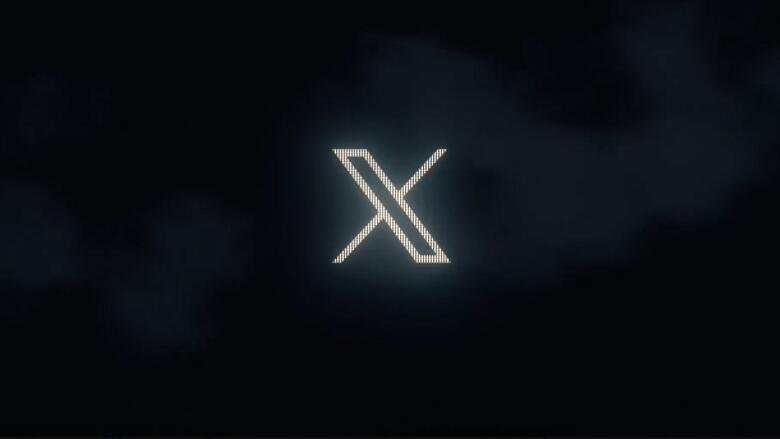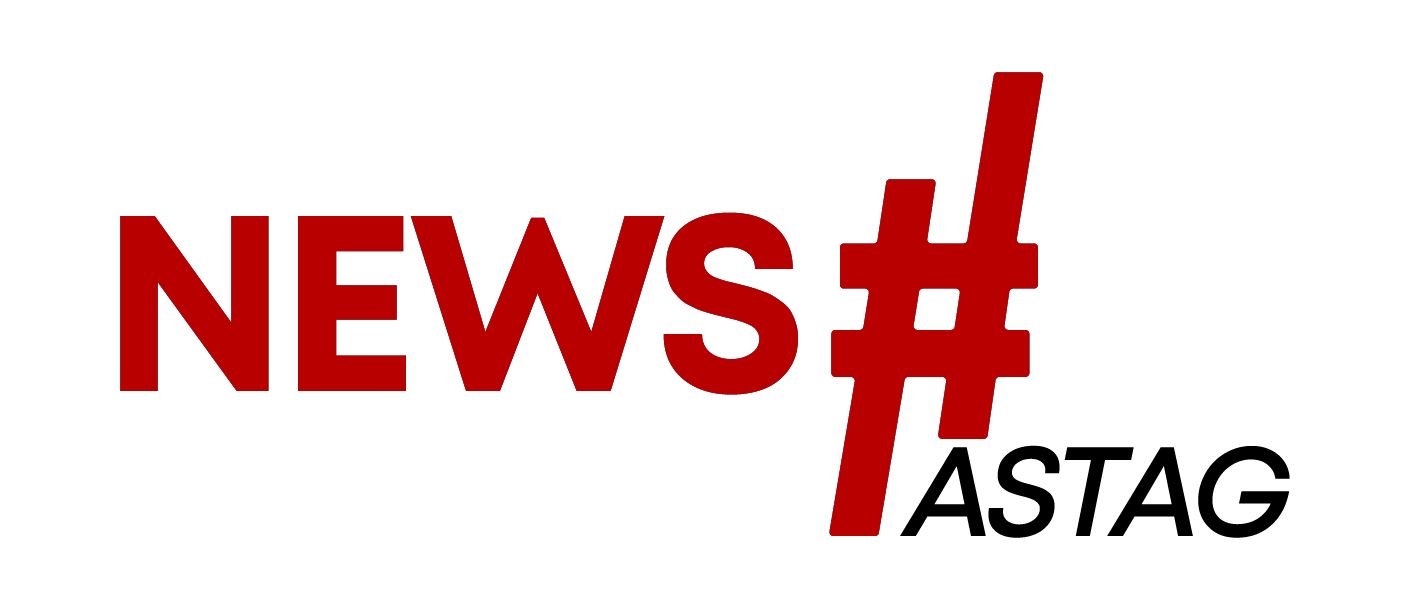Elon Musk Initiates a Bold Rebranding, Substituting Twitter’s Iconic Bird Logo with “X”
In a groundbreaking move, Twitter’s owner, Elon Musk, surprised the world with his announcement to replace Twitter’s long-standing iconic bird logo with a striking “X.” The news spread like wildfire as Musk shared his plans on an early Sunday, and within a short time frame, he tweeted that X.com now redirects to Twitter.com.
As the day progressed, Musk revealed that the interim X logo would go live later, and the anticipation grew among Twitter’s vast user base. A photo surfaced, showcasing Twitter’s headquarters adorned with a colossal, eye-catching X, symbolizing a significant shift in the platform’s identity.
The Twitter website underwent a complete transformation, displaying the new logo, while the beloved blue bird, which had represented the platform for over a decade, was conspicuously absent.
Prior to this radical rebranding, Musk had alluded to bidding farewell to the Twitter brand and expressed his desire to move away from the bird-themed association altogether.
For Twitter, the renaming could be perceived as a last-ditch effort to revamp its brand and potentially rescue the company from its recent financial woes. Musk had been vocal about Twitter’s precarious financial situation, with steep losses in ad revenue pushing the platform to the brink of bankruptcy.
Adding to the pressure, competitor Threads, launched by Facebook parent Meta, had recently garnered substantial attention and reached a remarkable milestone of 100 million user sign-ups in its first week. Twitter, which had 238 million active users before Musk took the platform private in October 2022, faced fierce competition in an increasingly competitive social media landscape.
Elon Musk, renowned for his pioneering ventures with companies like SpaceX and Tesla, had captured the public’s attention with his eccentric persona and unfiltered remarks on his personal Twitter account. His acquisition of Twitter for a staggering $44 billion in late October signaled a major shift in the platform’s direction.
Following the acquisition, Musk implemented sweeping changes, including mass layoffs that sparked disputes over severance payments. He set a high-performance standard for employees, creating an intense work environment.
The turmoil surrounding the company’s changes prompted organizations such as the Anti-Defamation League, Free Press, and GLAAD to call on brands to reconsider advertising on Twitter. Concerns arose about the impact of layoffs on Twitter’s ability to enforce election-integrity policies effectively.
Musk also instigated policy changes that led to frequent service disruptions on the platform, tarnishing his own reputation in the process.
In June, Musk appointed Linda Yaccarino, a former NBCUniversal marketing executive, as CEO of Twitter. Yaccarino acknowledged the name change and described it as an opportunity for the platform to make a powerful impression once again, transforming the global town square.
However, the new venture is not without challenges. Musk revealed that Twitter still faced negative cash flow due to a significant drop in advertising revenue and substantial debt loads. Criticism arose over Twitter’s loss of advertisers such as General Mills, Macy’s, and some car companies competing with Tesla. Musk identified himself as a “free speech absolutist” and claimed that acquiring Twitter aimed to enhance users’ ability to freely express themselves on the platform.
He emphasized the importance of allowing diverse opinions and suggested Twitter’s reluctance to remove content, thereby aiming to permit all legal speech. This approach, however, raised concerns among users about the potential rise of hate speech on the platform.
As the new era under “X” begins, it remains to be seen how Twitter will navigate these challenges and how users will respond to the rebranding. Rival Threads’ initial frenzy has somewhat subsided due to issues with spam and the lack of user-friendly features that Twitter, now X, offers. Threads’ potential to attract advertising support remains unproven, leaving room for Twitter to potentially regain its competitive edge in the ever-evolving world of social media




